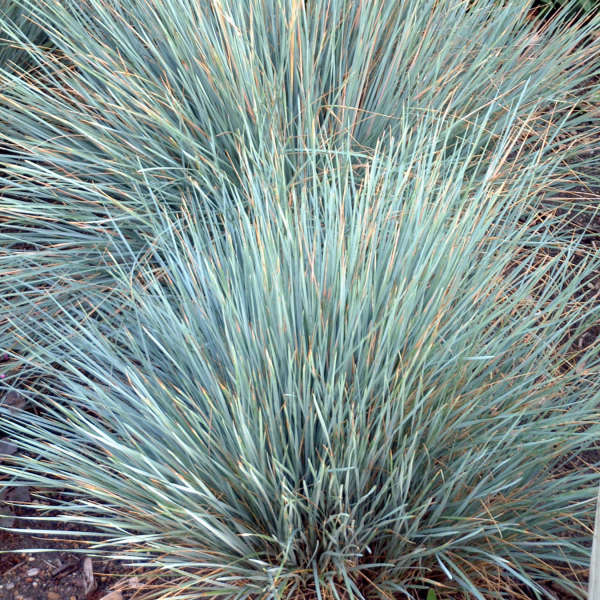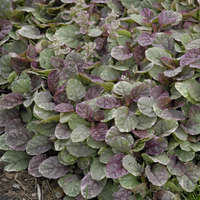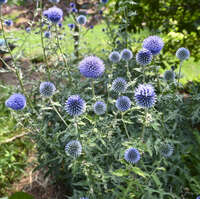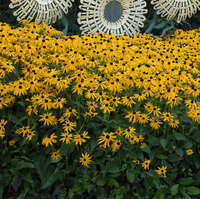Helictotrichon sempervirens 'Sapphire'
Common Name: Blue Oat Grass, Ornamental Grass
Blue Oat grass looks like a miniature water fountain, with its densely packed leaves gently spraying upward and arching back downward at the tips. 'Sapphire' is similar to H. sempervirens, but has brighter, steel blue leaves which tend to widen as they mature.
In early summer, small, tan seed heads appear on tall stems held well above the foliage. In mild climates, the foliage is evergreen; it is semi-evergreen in colder zones.
Blue Oat Grass adds a small, coarse element to rock gardens, coastal gardens, or dry hillsides. It is also great in containers.



